Pakistan’s diplomatic and military surge leaves India on the back foot
India, despite having the world’s fourth-largest air force and numerical superiority, was decisively outmaneuvered in 'Operation Sindoor' against Pakistan
News Desk
The News Desk provides timely and factual coverage of national and international events, with an emphasis on accuracy and clarity.
Pakistan is once again making waves on the global stage, showcasing impressive diplomatic finesse and strategic military strength -- leaving India visibly rattled.
Over the weekend, Army Chief Field Marshal Asim Munir visited Beijing, holding high-level meetings with China’s Vice President, Foreign Minister, Defense Minister, and top military brass. This followed his visit to the White House last month, where he was hosted by U.S. President Donald Trump for lunch and a two-hour meeting.
The significance of these visits has multiplied after Pakistan’s recent military victory over India. Meanwhile, Deputy Prime Minister and Foreign Minister Ishaq Dar also held strategic talks in Washington with U.S. Secretary of State Marco Rubio and other top officials.
These coordinated engagements reflect Pakistan’s calculated foreign policy -- aimed at maintaining a diplomatic balance between Washington and Beijing.
Military triumph still making global impact
Although three months have passed since the ceasefire between India and Pakistan, the world continues to take note of Pakistan’s military performance. On the night of May 6–7, the Pakistan Air Force (PAF) decisively exposed India’s claims of air superiority, neutralizing the long-touted Rafale jets in minutes.
The PAF’s precision strikes dismantled India’s narrative built around Rafale’s invincibility. Even the U.S. has acknowledged India’s setback, while Trump repeatedly reminds the world he brokered the ceasefire -- implying his mediation helped spare India further embarrassment.
India, meanwhile, is struggling to respond. Globally isolated, it watches as Trump showers praise on Pakistan’s leadership and people. Prime Minister Narendra Modi is under mounting pressure, with parliament not meeting on the issue for three months. Modi remains stuck, unable to craft a face-saving response or spin a new narrative for the Indian public.
India’s narrative crumbling at home and abroad
Adding to India’s woes, Trump recently reminded the world about the destruction of five Indian jets and reasserted his role in ending the conflict. The BJP government, Indian Air Force, New Delhi’s diplomats, and mainstream media are all under fire. Opposition leader Rahul Gandhi publicly questioned: if Operation Sindoor was so successful, why has Trump claimed ceasefire credit 25 times in 73 days?
India’s war rationale is now facing internal skepticism. Former Home Minister P. Chidambaram stirred controversy by asking what evidence the government had to prove the Pahalgam attackers came from Pakistan, suggesting local militants may have been involved.
According to Reuters, India formally protested to Washington -- ostensibly over the White House inviting Pakistan’s army chief. But the real concern is Trump’s repeated public focus on India’s retreat.
Undeniable military setback
Pakistan, meanwhile, had already confirmed it shot down six Indian jets -- claims independently verified during an On My Radar episode. Ironically, Indian military officials have indirectly admitted being overwhelmed by Pakistan but followed such admissions with vague justifications.
No matter the spin, the facts remain: PAF downed six jets -- including Rafales -- and grounded the Indian Air Force for more than two days. The operation took minutes, not hours.
India had mobilized 180 aircraft hoping to assert dominance via Rafales. But Pakistan’s superior tactics and precision left them no room to strike. One by one, Rafales were taken down by JF-17s and J-10s.
More than just machines
Was it a technological mismatch? If so, what was missing in the Rafale? The answer lies in pilot training, first-strike precision, and Pakistan’s combat preparedness -- not hardware alone.
The Indian Air Force is now retiring its aging MiG-21s by September 2025 -- jets that have served for six decades. One was shot down by Pakistan in 2019, leading to the capture of Indian pilot Abhinandan, who was later released as a goodwill gesture despite Indian aggression.
Even in the latest conflict, India initiated bombing, while Pakistan used long-range precision strikes only on military targets.
Strategic fallout
The war has broken the myth of Western technological supremacy. France’s defense deals are under threat, while demand for Chinese jets is surging. But it was Pakistan’s pilots -- not just Chinese machines that turned the tide.
Had Pakistan escalated, it could have taken down even more jets. Instead, it chose restraint—delivering a powerful message without inviting further conflict.
Though India boasts the world’s fourth-largest air force and numerical superiority, it was decisively outmaneuvered during "Operation Sindoor" and the world is taking note.


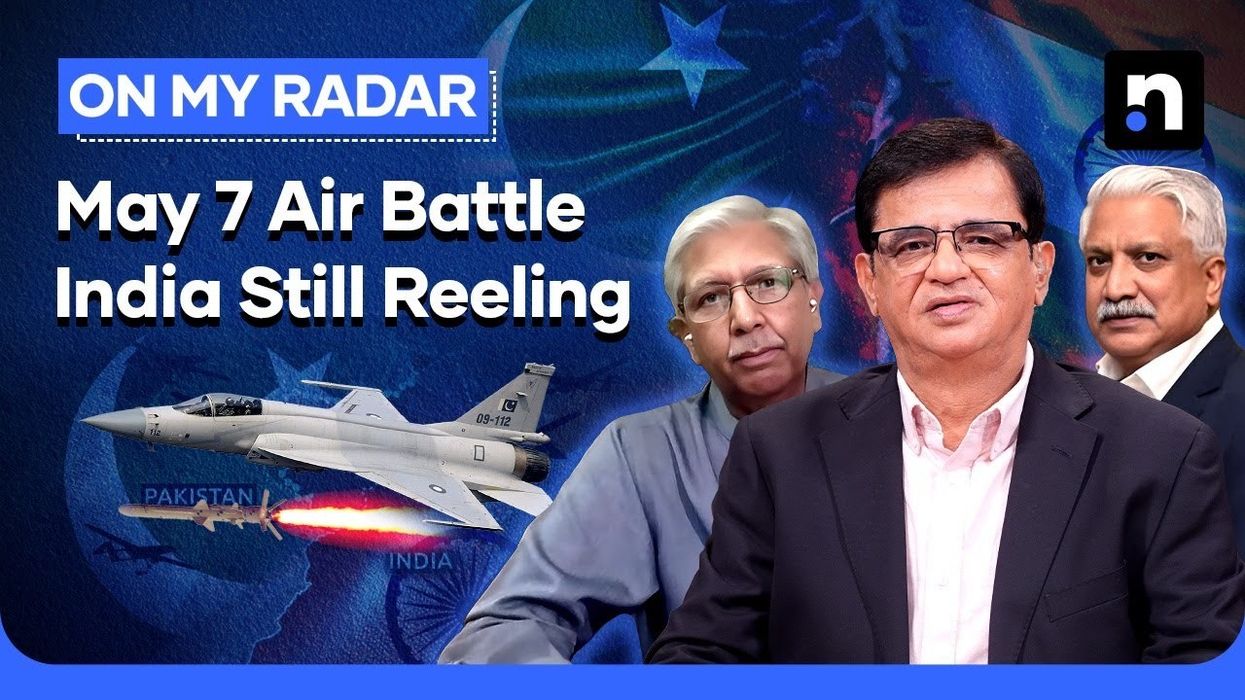
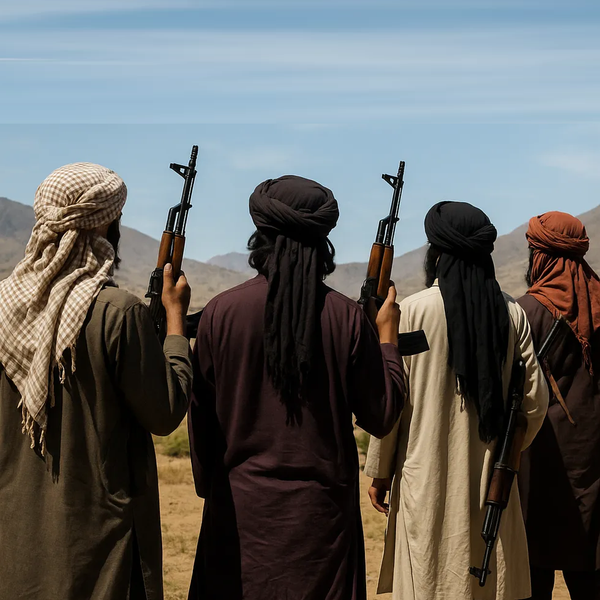
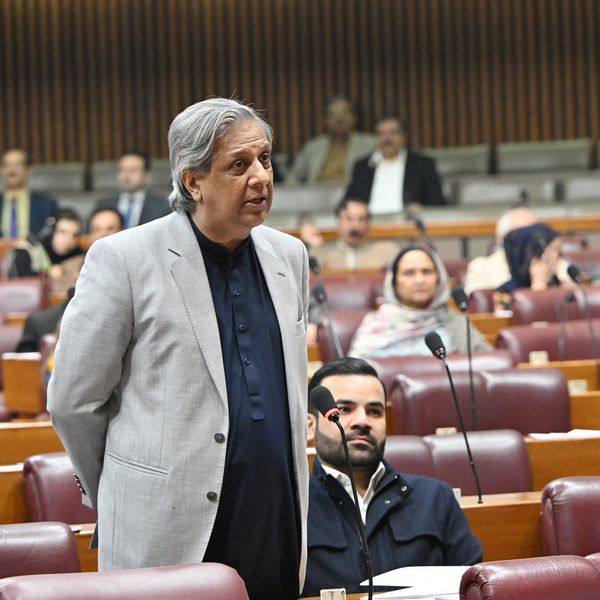

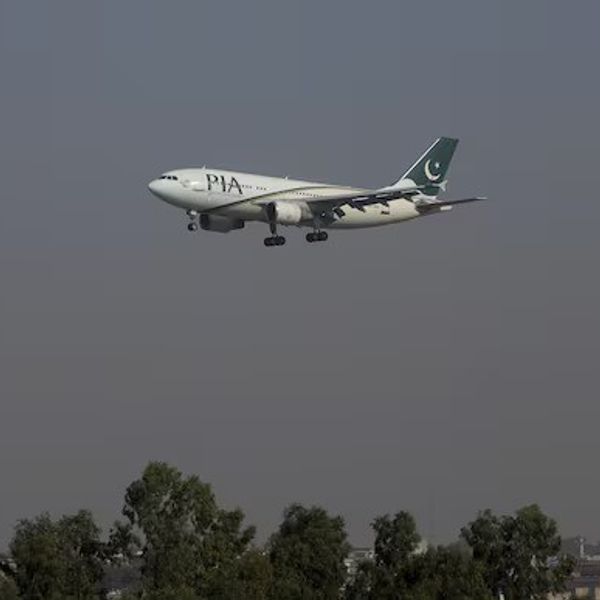

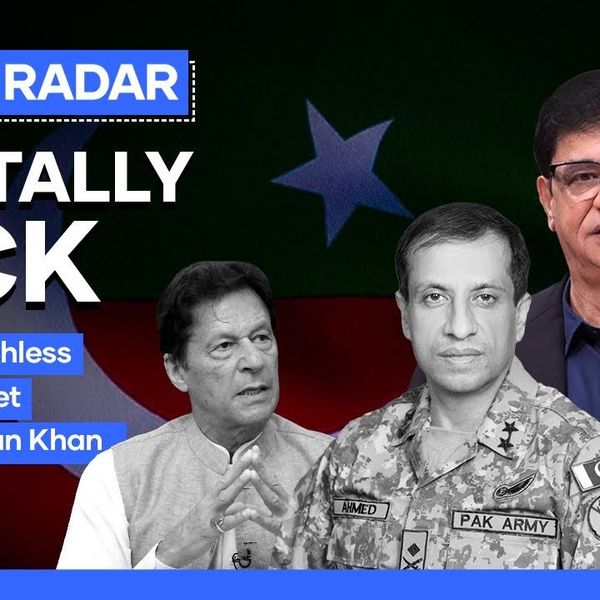


Comments
See what people are discussing